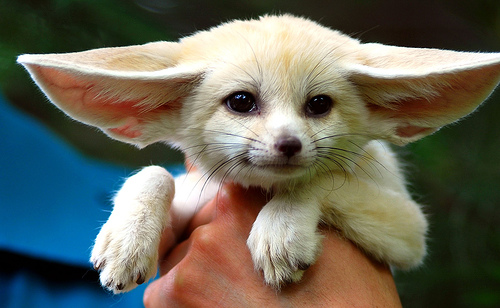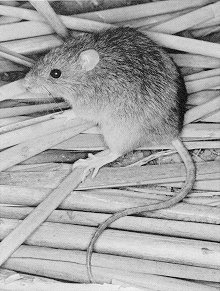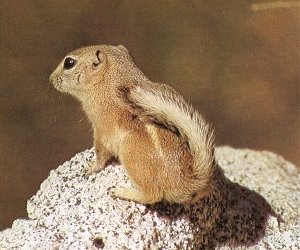Shetland Pony
Shetland Pony is the smallest breed of ponies. At the same time, they’re one of the strongest members of the horse family, by a strength-to-size ratio.
These ponies have been companions of men for 2500 years, as the first Shetland Pony was tamed 500 B.C. and their incredible stamina has always been praised.
The Shetland Pony’s homeland is the Shetland and Orkney islands, North of Scotland. They’re about 1 metre tall, their legs are short and muscled. The massive, heavy body is covered with long, soft fur, that protects these animals from the harsh winter winds and snow of Scotland. The weather in Shetland Islands is very cold and rainy, but the Shetland Pony is very well adapted to these conditions – the long fur is water-repellent and all the body hair helps them to conserve heat.
The same as all horses, Shetland Ponies feed on pastures, eating everything they come across, although it doesn’t mean they eat a lot – in winter the ponies that are kept in captivity require very little hay. In the wild the Shetland Ponies live together in groups of up to 30 individuals, spending most of their time feeding, they can graze for up to 22 hours a day.
In late spring, a stallion finds mares that are ready to copulate. Gestation lasts for about 11 months and colts are born next spring – at the time when the surroundings are rich with vegetation. The mare nurses the young pony for about a year. Being one of the few pure-blood horses left, farmers don’t let them copulate with other breeds, thus preserving the historical Scottish pony.
Shetland Ponies have been used in labour for thousands of years. Their friendly and social nature makes them easy to tame and a pony of any age can be tamed easily. The ponies are also extremely robust – they can pull a load that is twice their weight, and comparing that by mass, it’s also twice what a regular horse can do. Shetland Ponies were used on the field, much in the same way a bull or a regular horse would be used, except that no other breed would be able to survive in the weather conditions provided by the Shetland islands.
Nowadays, the Shetland Pony is widely known and bred in captivity in all parts of the world. They have gained very much popularity in the U.S., where a new species of these ponies has evolved. They were also one of the five species of horses which the American army chose for military purposes, during the war. Shetland Ponies are rarely used as they traditionally were – nowadays many ponies are used for entertainment – they are bred for horse races as well as riding.






i love horses